The Truth About Hypoallergenic Dogs
Homemade Puppies, LLC strives to be your trusted source for not only connecting with your new fur-baby, but also answering the dog related questions you may have to enhance your experience with your dog/puppy. Each week our in house dog expert, Katie, answers your puppy and dog questions. Submit your canine questions to info@homemadepuppies.com.
As always puppies advertised on Homemade Puppies are always 100% raised in-home by responsible family breeders...never raised outside or in a barn, etc. No Puppy Mills, ever. We promise. www.homemadepuppies.com
Here is this week's blog from Katie!

What makes a dog hypoallergenic?
The word hypoallergenic is defined as "relatively unlikely to cause an allergic reaction".
No breed is truly hypoallergenic!
Allergens can be found in skin cells the animals shed (dander), as well as in their saliva, urine, sweat and environmental elements on their fur such as pollen or dust. Some breeds tend to be called hypoallergenic, due to the fact that their fur doesn't produce as much dander and does not shed as much as other breeds. These two factors, dander and shedding of hair, are usually the two biggest triggers for allergy sufferers. Some breeds that are recognized as being good for people with allergies are Poodles, Shih Tzus, Maltese, Schnauzers, Portuguese Water Dogs, Wheaten Terriers, Airedale's, among many others. Mixing these "hypoallergenic" type breeds with non-hypoallergenic breeds can sometimes give you a 50/50 chance of the offspring being hypoallergenic. But remember, no breed is TRULY hypoallergenic. It is always best to spend time with a specific dog to discover if your allergies will be effected.
Here are some tips to help reduce the chance that your dog will trigger your allergies.
1. Pet Maintenance
Regularly bathing your pup will help remove loose hair and environmental allergens that land on their fur. Keeping your pet groomed ( keeping the hair short is best), the coat well brushed, and the skin healthy will cut down on hair that falls out in the house.
2. Environmental fixes
Make some areas of the home "pet free" such as the bedroom. That gives you 6 or more hours a day of reduced exposure. Using a filter on your heating and air conditioning system will help filter out air born allergens. Vacuum allergen collecting materials like carpets and area rugs often and wash items frequently such as fuzzy throws and pet beds. Limit the dogs exposure to items such as the sofa or chairs that you frequently sit or lay on.
3. Hand Washing
After cuddling or playing with your pet, change clothing or at least wash your hands. This will remove allergens that cling to you. Avoid excessive contact with their fur or saliva on exposed skin.
4. Medication
Allergy shots can be an option for allergy suffers. Talk with your doctor to see if this is an option for you. There are also over the counter allergy medications that can be taken daily.
According to the Asthma and Allergy Foundation of America, nearly 3 out of 10 people suffer allergies to dogs or cats. Sometimes allergy sufferers will be able to tolerate or build up tolerance to a certain dog, but other dogs will trigger an allergic reaction. If you want a pet or have a pet but suffer from allergies, using the above tips could help reduce the occurrence of allergic reactions. Just remember, spending time with a dog before bringing it home to join your family can be the best indicator if your allergies will be able to tolerate that specific dog.
Do you have a question for Katie? Submit your question(s) to info@homemadepuppies.com.
Don't forget to catch Katie's blog from last week: https://www.homemadepuppies.com/let-s-talk-about-littermate-syndrome

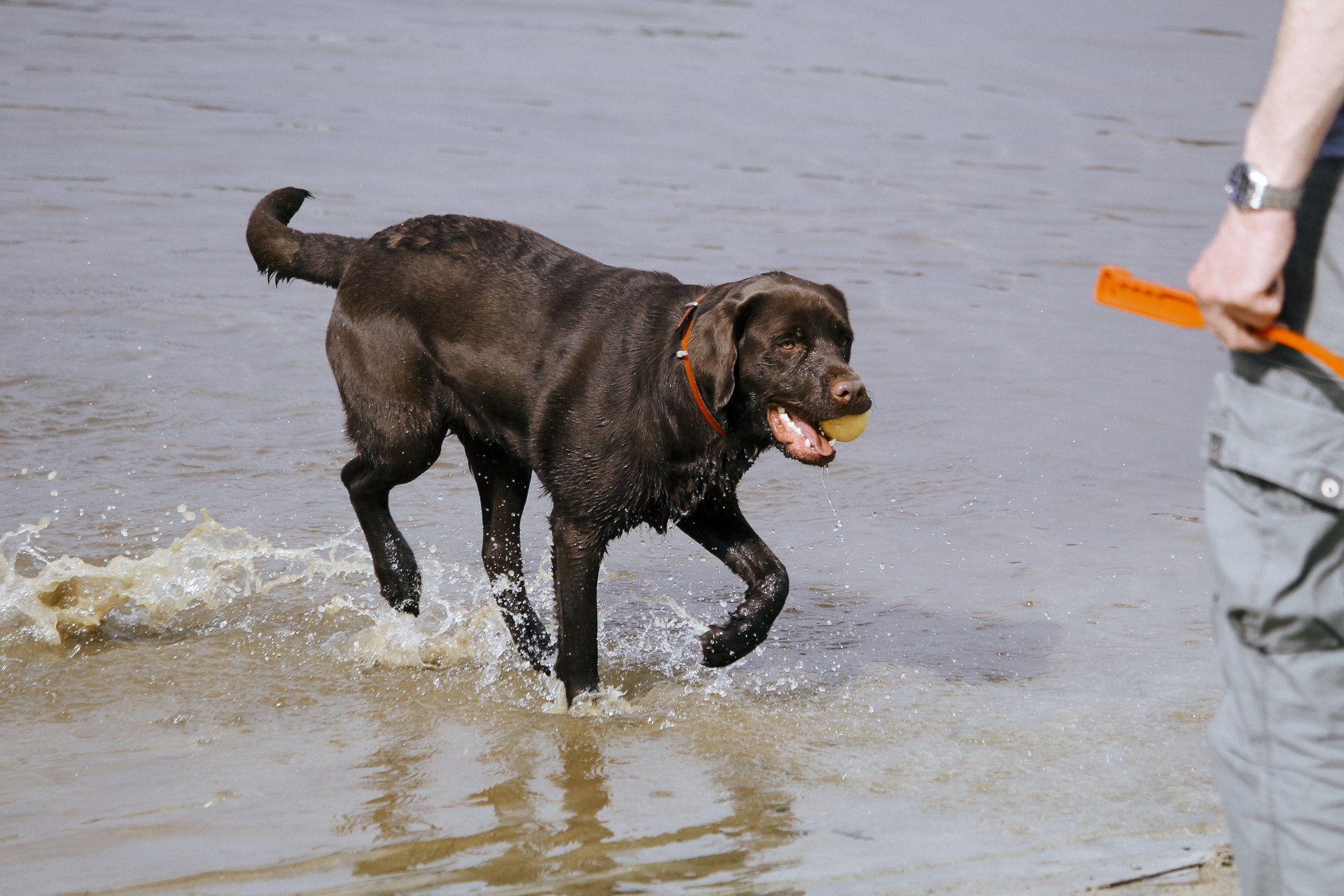
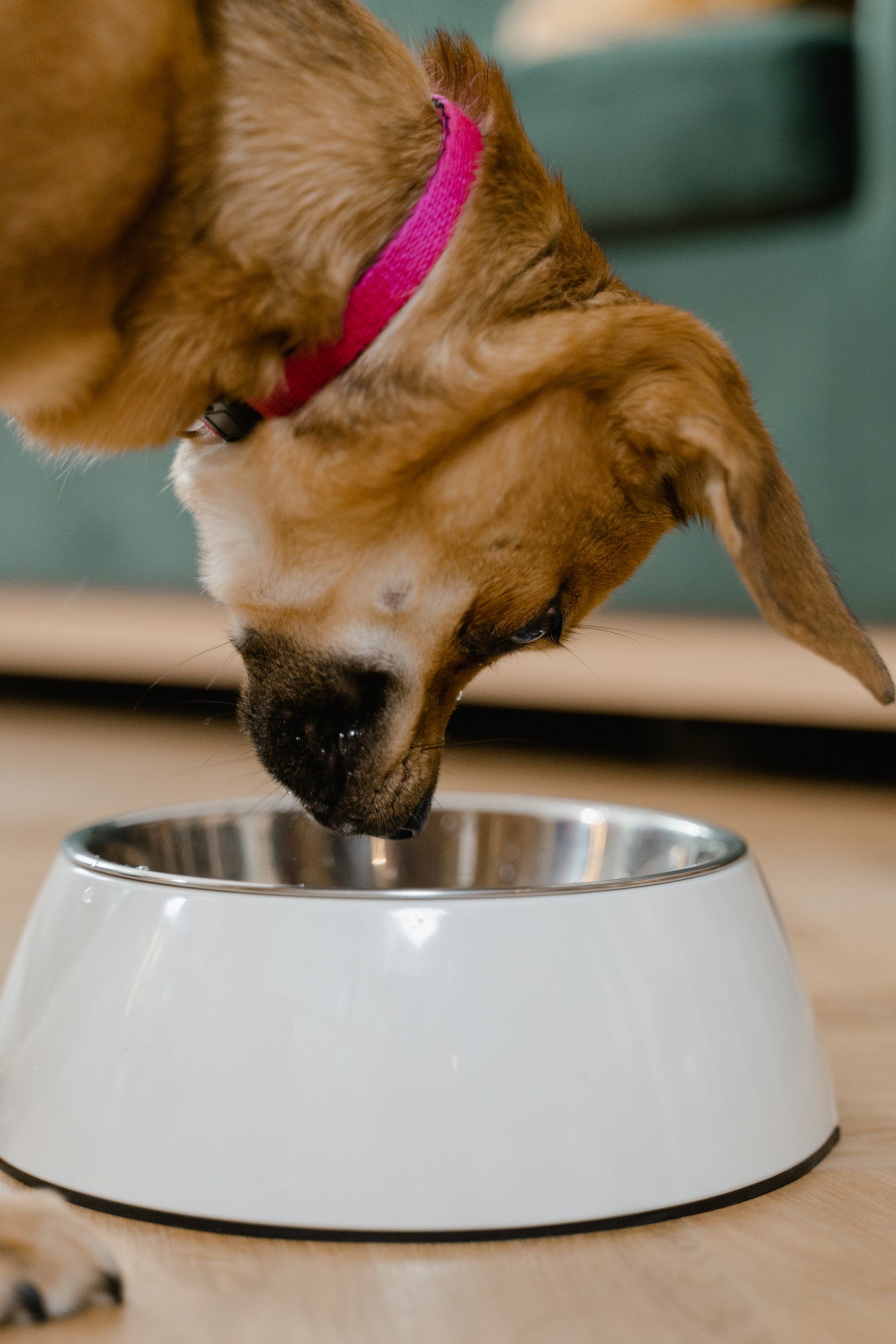

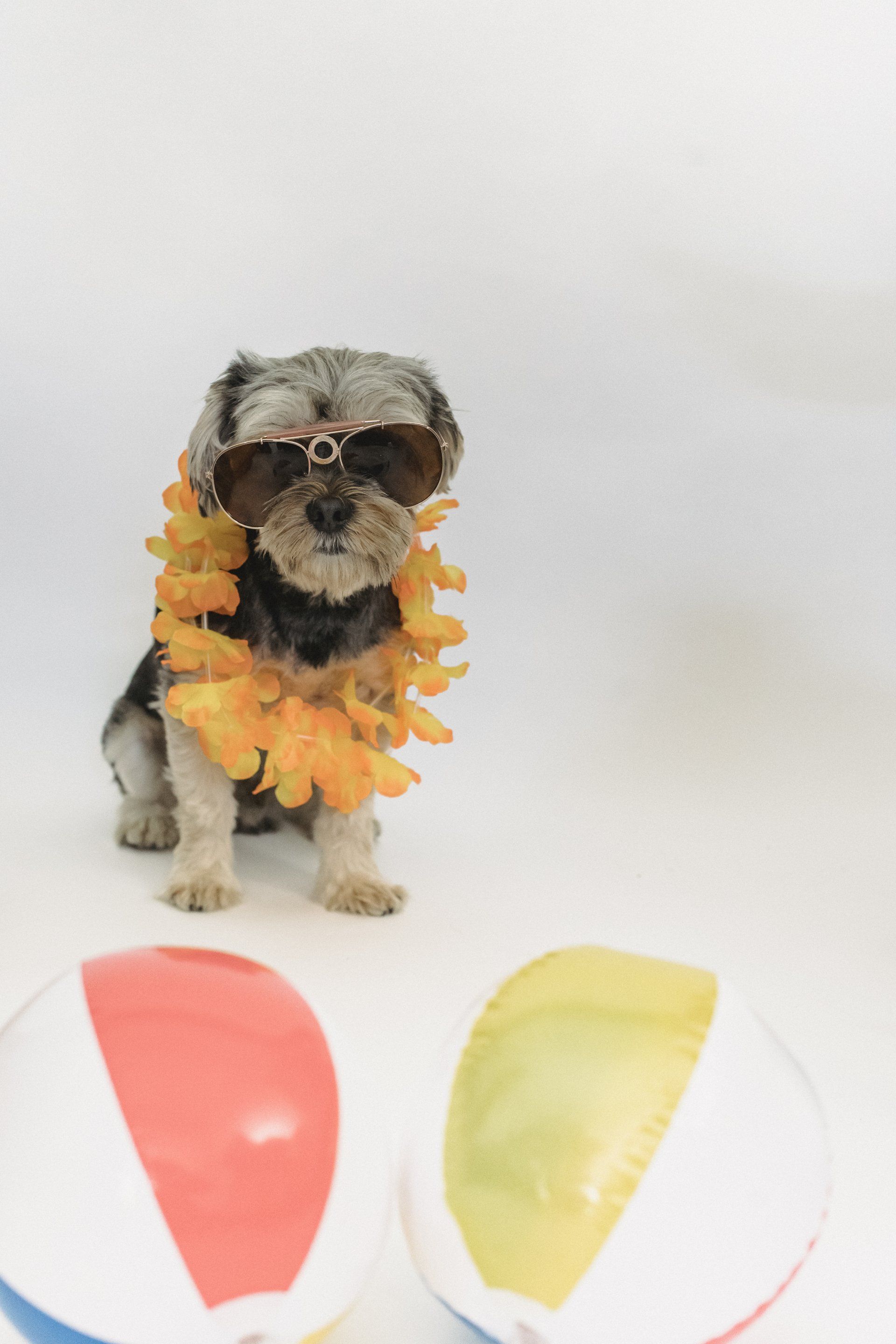

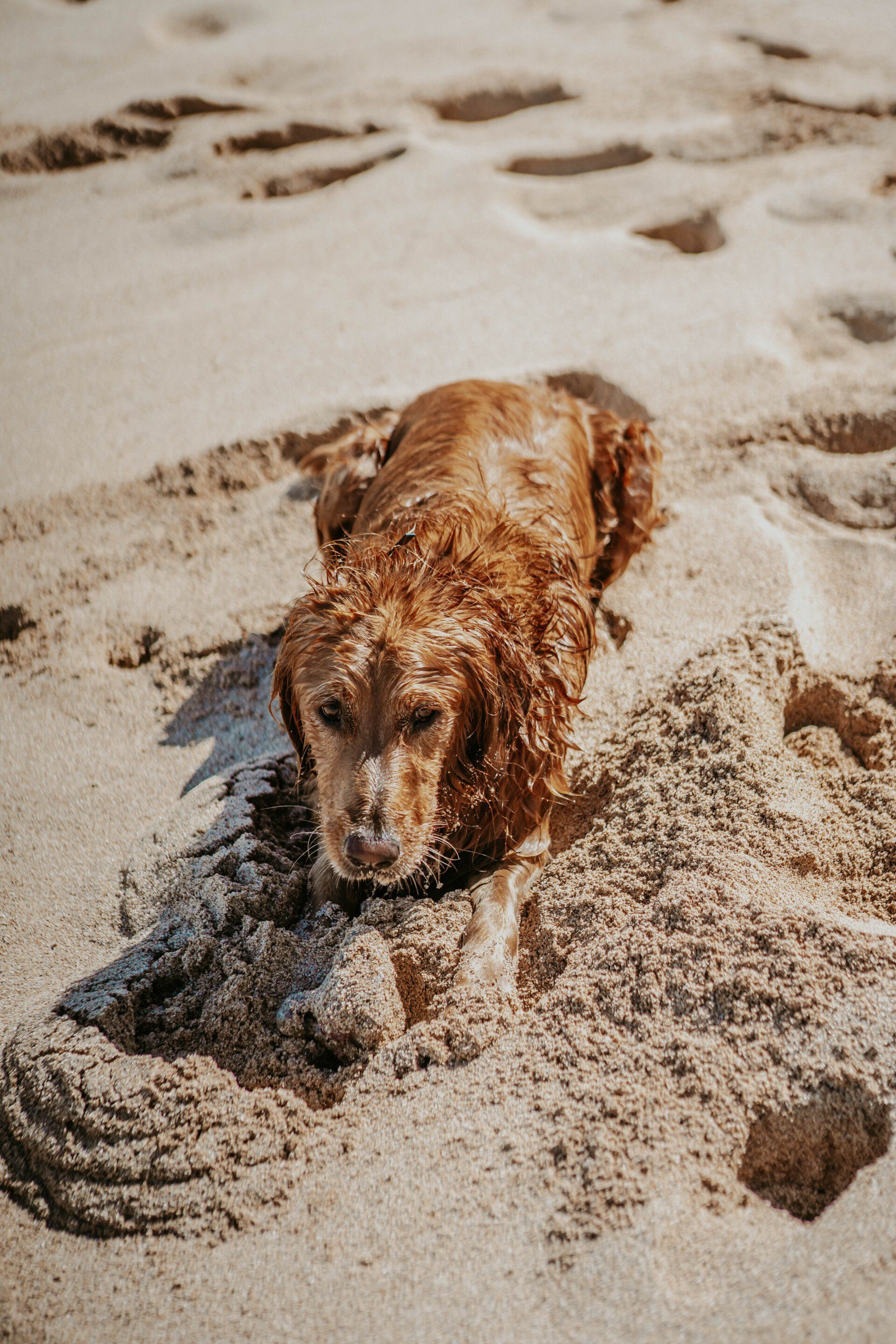
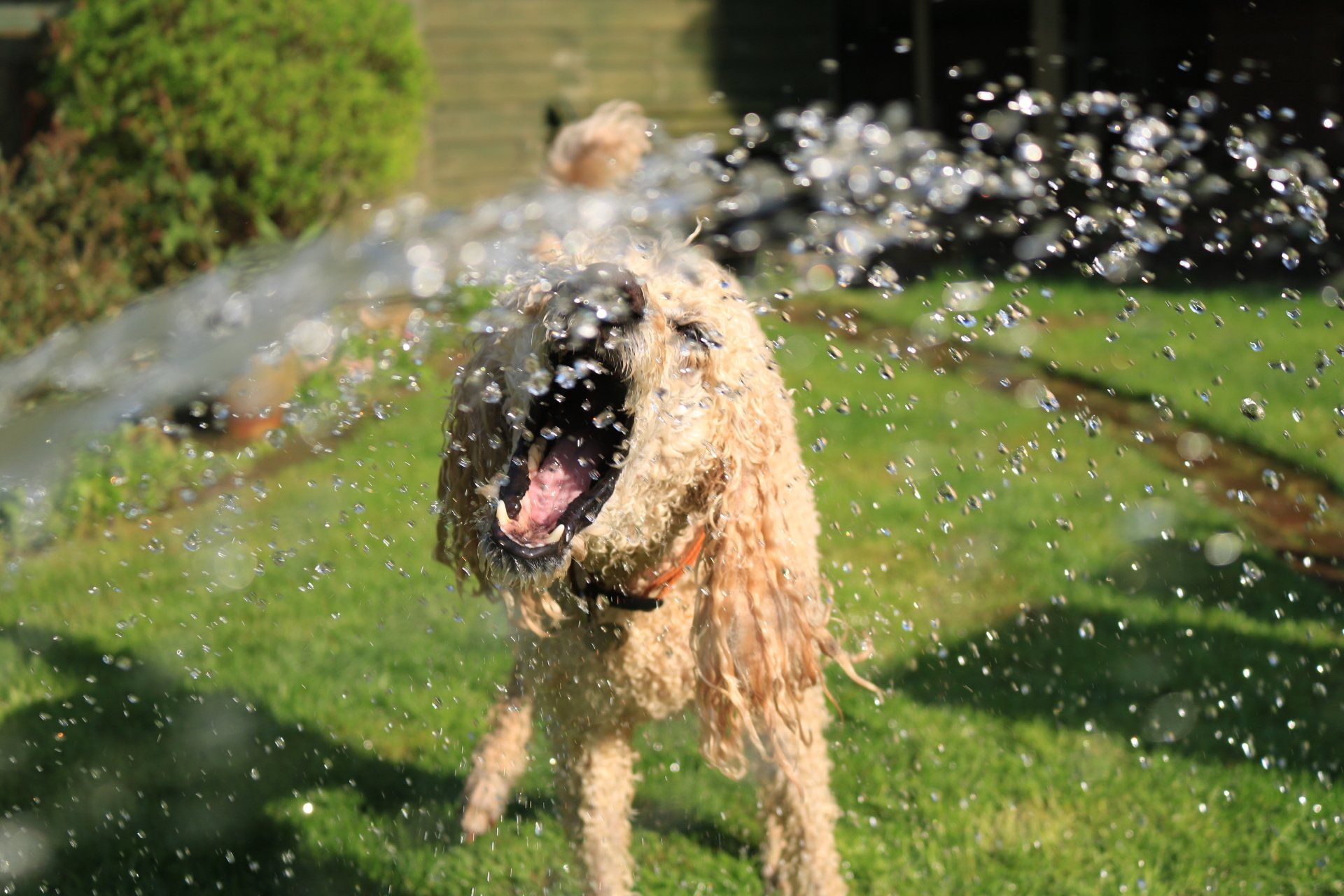
Sign up for our Newsletter
Thank you for joining our newsletter!
Please try again later.
Contact Us
We will get back to you as soon as possible.
Please try again later.
All Rights Reserved | Homemade Puppies LLC

